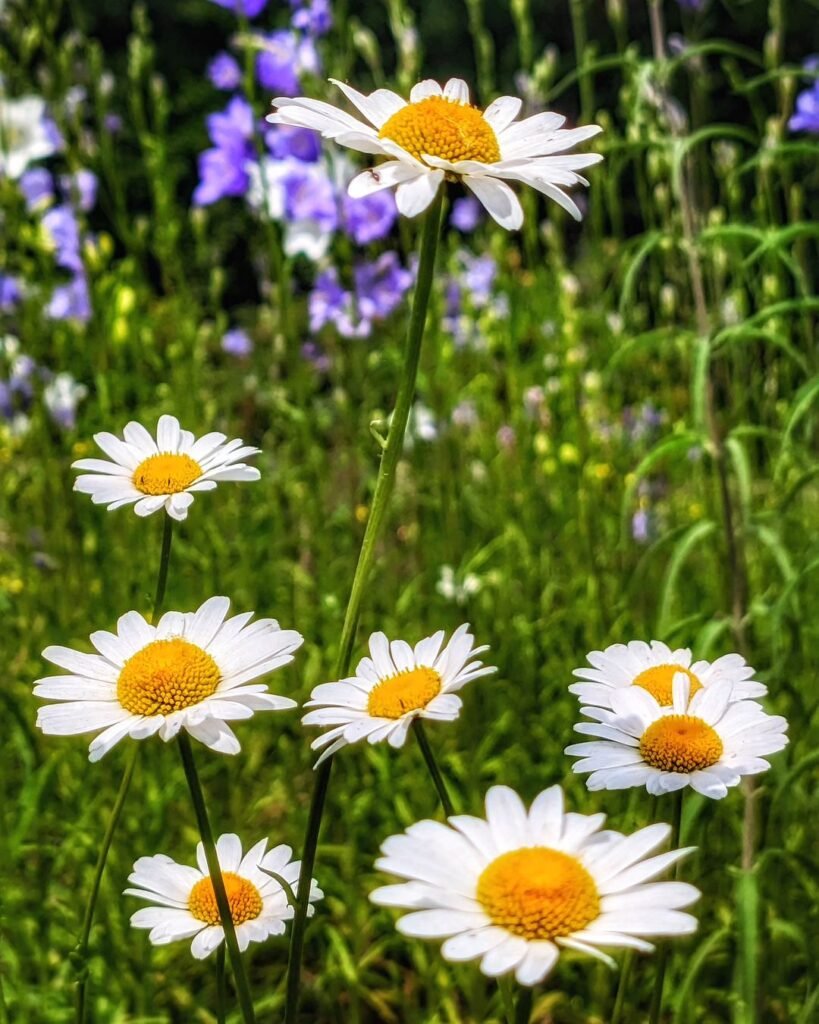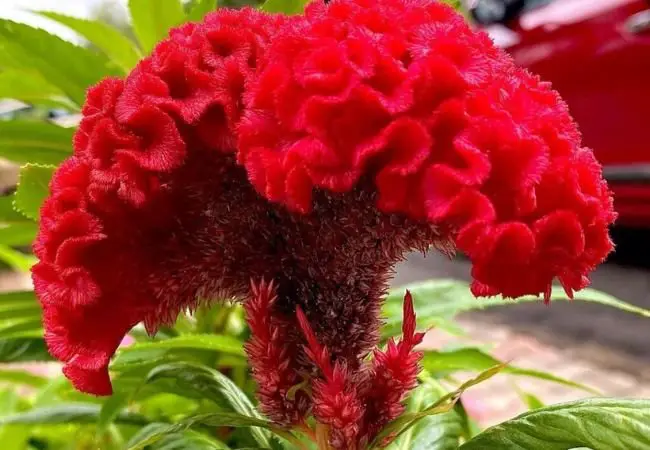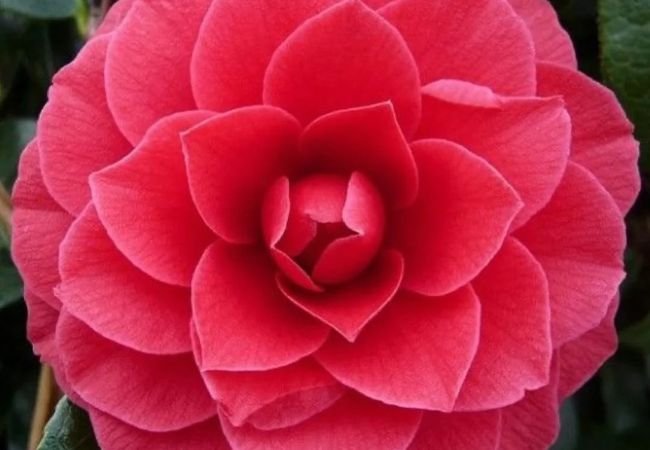Discover the gentle healing power of Chamomile Flowers. Learn about its uses, health benefits, and how to grow your own. This simple guide covers everything from making chamomile tea to its history and current research.
Have you ever wondered about those tiny, daisy-like flowers in your tea? That’s Chamomile! Let’s talk about this amazing plant that’s been helping people for thousands of years.
Here’s an easy and verified chart for Chamomile:
| Category | Details |
|---|---|
| Botanical Name | Matricaria chamomilla (German Chamomile) or Chamaemelum nobile (Roman Chamomile) |
| Common Name | Chamomile |
| Plant Type | Herbaceous perennial (Roman) or annual (German) |
| Hardiness Zone | Zones 3-9 (Roman Chamomile); Zones 4-9 (German Chamomile) |
| Sun Exposure | Full sun to part shade |
| Soil Type | Well-draining, sandy to loamy soil |
| Watering Needs | Moderate; prefers evenly moist soil |
| Growth Habit | Low-growing, spreading (Roman); upright, bushy (German) |
| Height/Spread | 6-12 inches tall, spread of 6-12 inches (Roman); 12-24 inches tall, spread of 6-12 inches (German) |
| Special Features | Daisy-like flowers with white petals and yellow centers; aromatic foliage; used for tea, medicinal purposes, and as a ground cover; attracts beneficial insects |
What is Chamomile?

Chamomile is a small flower that looks like a daisy. It has white petals around a yellow center. There are two main types:
- German Chamomile (Matricaria chamomilla)
- Roman Chamomile (Chamaemelum nobile)
Both types are used for similar things, but German Chamomile is more common.
Where Does Chamomile Grow?
Chamomile grows in many places around the world. You can find it in fields, along roads, and even in gardens. It likes sunny spots and doesn’t need much water to grow.
How People Use Chamomile
Chamomile has been used for a long time in different ways:
- Tea: The most popular way to use chamomile is as a tea. People dry the flowers and steep them in hot water.
- Skincare: Some people use chamomile in creams or oils for their skin.
- Aromatherapy: The nice smell of chamomile is used in things like candles and essential oils.
- Gardening: Chamomile can help keep pests away from other plants in a garden.
Health Benefits of Chamomile
Many people believe chamomile can help with different health issues:
- Better Sleep: Drinking chamomile tea before bed might help you sleep better.
- Less Stress: Some people feel more relaxed after having chamomile.
- Stomach Help: It might help with stomach aches or digestion problems.
- Skin Health: Putting chamomile on your skin might help with rashes or irritation.
Research on Chamomile
Scientists are still studying chamomile to understand how it works. Some studies show good results, but more research is needed. The National Center for Complementary and Integrative Health has more information about this.
How to Make Chamomile Tea
Making chamomile tea is easy:
- Boil some water
- Put 1-2 teaspoons of dried chamomile flowers in a cup
- Pour the hot water over the flowers
- Let it sit for 5 minutes
- Strain out the flowers
- Your tea is ready!
You can add honey or lemon if you like.
Growing Your Own Chamomile
If you want to grow chamomile at home:
- Plant seeds in spring after the last frost
- Choose a sunny spot
- Water regularly, but don’t overwater
- Flowers should bloom in about 10 weeks
The U.S. Department of Agriculture has more tips on growing chamomile.
Things to Remember
While chamomile is generally safe, keep these points in mind:
- Some people might be allergic to chamomile, especially if they’re allergic to daisies.
- If you’re pregnant or taking medicine, talk to your doctor before using chamomile.
- Chamomile can make some people sleepy, so be careful if you’re driving or using machines.
Chamomile in History
People have been using chamomile for thousands of years. Ancient Egyptians, Greeks, and Romans all used it for health. They thought it could cure all kinds of problems!
Today, we still use chamomile, but we’re learning more about how it really works. It’s a great example of how nature can help us in simple ways.
Whether you drink it as tea, use it on your skin, or just enjoy its pretty flowers, chamomile is a plant worth knowing about.
For more gardening tips and plant care guides, visit usagardenhub.com.






